Why Drink Different Types of Tea?
If you are a tea beginner, you’ve probably tried green and black tea. Maybe you’ve tasted oolong and white tea as well. Did you like them enough to keep exploring? If your first encounter with a new tea type was not particularly pleasant, it’s likely you will never want to drink that tea again. And you would be missing out on some exquisite flavors. Why? One tea plant can have millions of flavors.
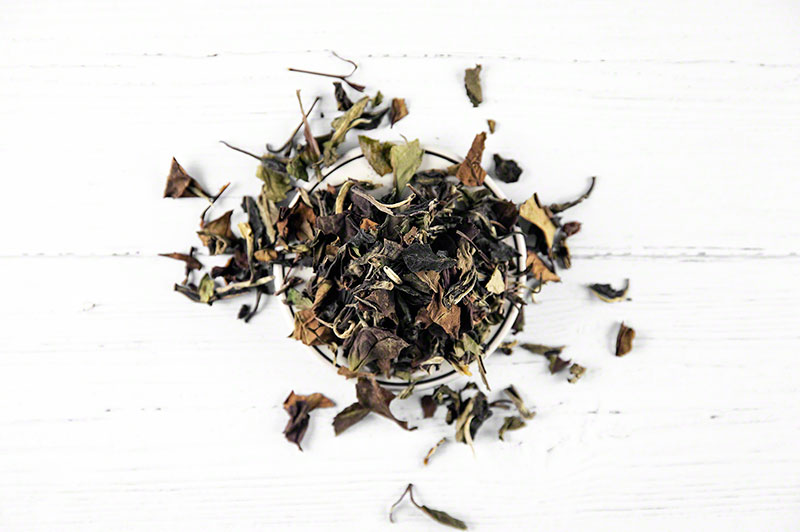
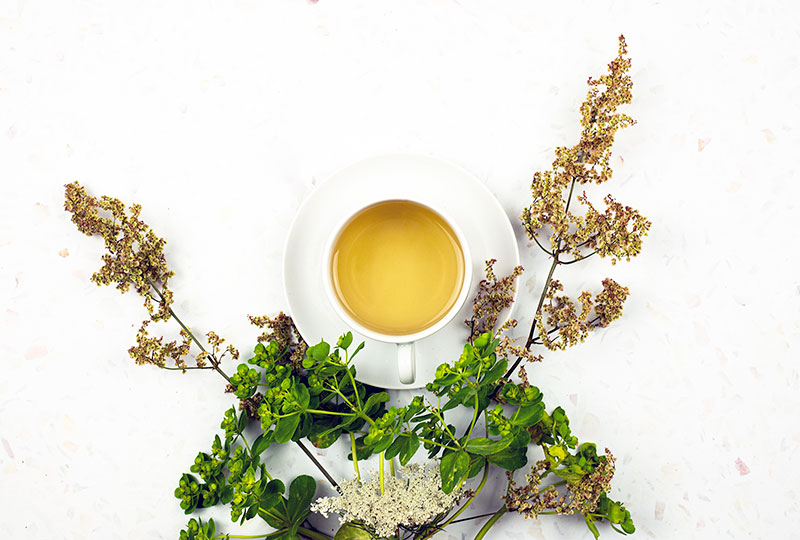
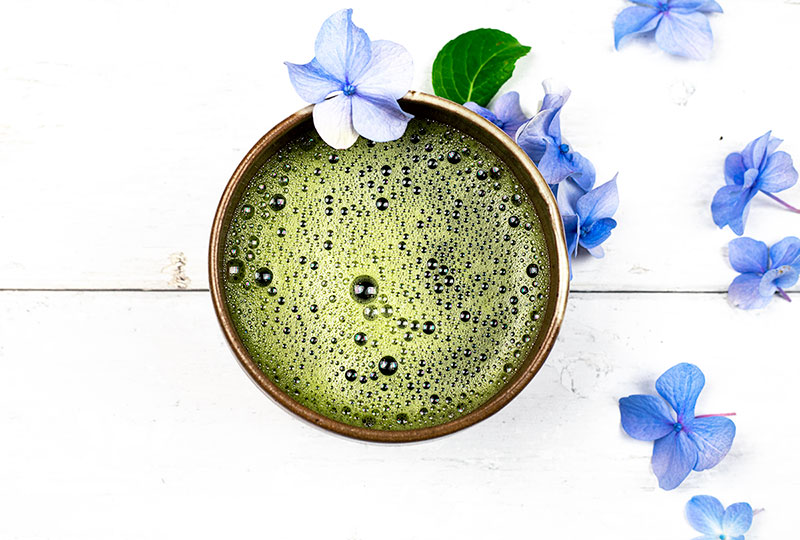
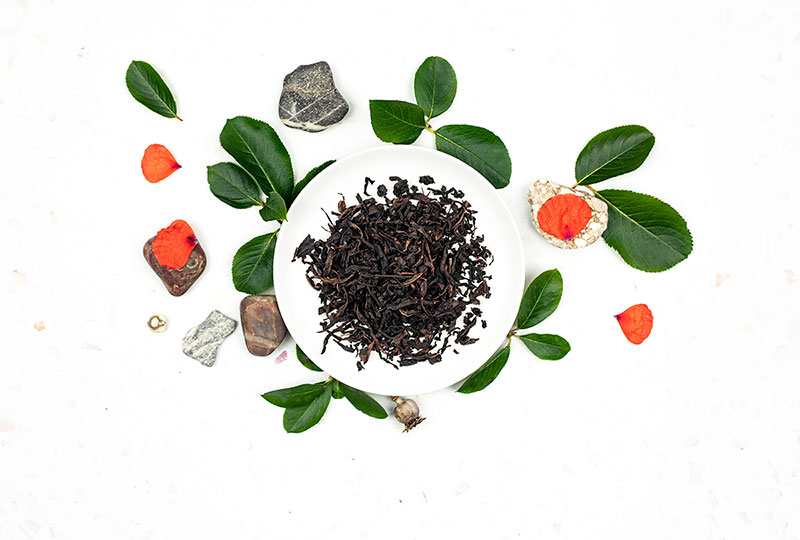
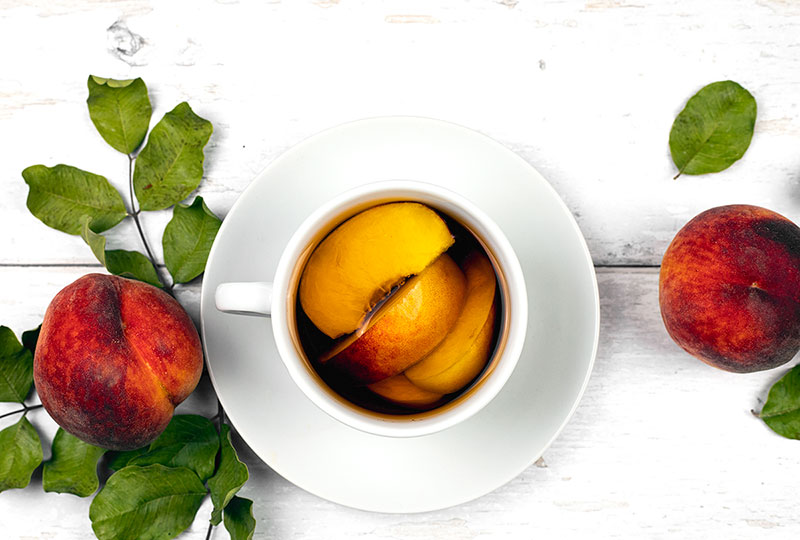
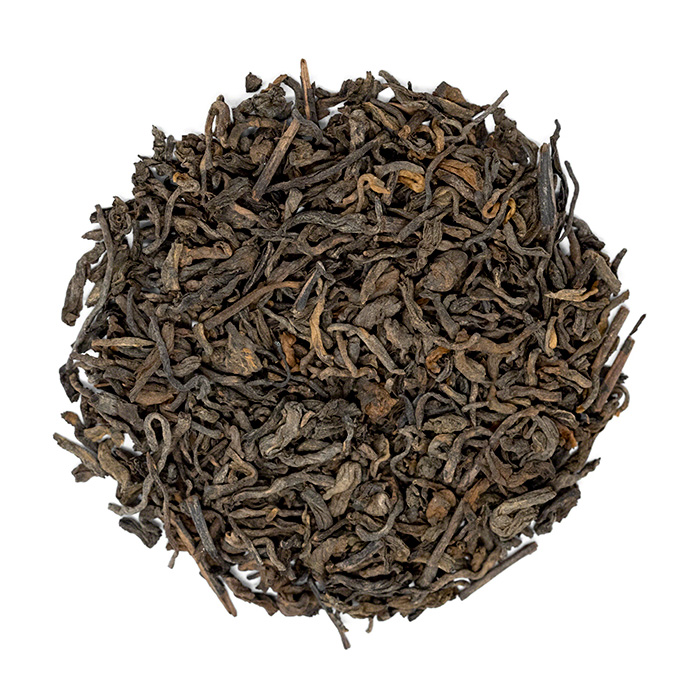
What makes types of tea different?
There are 6 main tea types, each of them having several hundreds of subtypes. All true teas are made from the leaves of Camellia sinensis plant, but processed differently. Different processing methods result in different types of tea – white, yellow, green, oolong, black or dark. But here’s where everything gets even more complicated. Let’s take a look at green teas. All green teas are unoxidized. But they can be made from a different tea variety and different tea cultivars, grown on different locations, harvested at different times, even processed differently. For example, Japanese teas are not withered and they are mostly steamed. Chinese teas are withered and they are mostly pan-fired. The first ones will be greener, sharper, with often strong vegetal notes, while the second ones may have a more delicate, slightly nutty and sweeter flavor. Read more: Chinese vs Japanese teaWhite tea
White tea is minimally processed tea type. It’s very lightly oxidized, as some natural oxidization will occur while the leaves are being processed. It’s withered and dried outdoors and indoors. White tea, depending on the type, can have a very delicate flavor, almost as delicate as water. Top quality Silver Needle white tea is made with pure whole tea buds, that brew into a delicious, slightly sweet and very light cup. Some white teas are stronger, such as Shou Mei, as they contain not only the buds, but leaves and stalks to.
White Peony or Pai Mu Tan white tea
Drink white tea if you want to enjoy the most delicate natural flavor, or you want a cup with a high caffeine content. White tea is often called a “beauty tea” because it’s packed with antioxidants. Read more: What is white tea?
Yellow tea
Yellow tea, the most mysteries type, is a special type of tea from China. It’s rarely produced outside China, and if so, in very limited quantities. Yellow tea flavors range from light and grassy, similar to some green teas, to nutty and strong flavor similar to darker oolongs. They often contain no bitterness. Yellow tea is processed similar to green tea, with one additional step – pilling, a process that results in a lightly fermented tea.
Chinese yellow tea
Drink yellow tea is you want a tea with a unique and mellow flavor, that’s not as strong and astringent as green tea, but may offer similar benefits. Studies showed that yellow tea may provide a higher antioxidant activity than other teas[1], and often contains less caffeine, especially if it’s more fermented. Read more: Chinese yellow tea guideGreen tea
Green tea is an unoxidized type of tea. After black tea, it’s the most popular tea type in the world. Green tea is usually made from younger tea leaves. Leaves are sometimes withered, depending on the country, then usually steamed or pan fired, rolled and dried. Green tea can have different flavors – from light and nutty to stronger and grassy. It can have more or less sweetness or more or less astringency. This type is popular for its high antioxidant content. It usually has the highest levels of chlorophyll and L-theanine. Drink green tea is you want to enjoy fresher flavors or benefit from antioxidants and L-theanine. Green tea is perfect for increasing focus while providing a calming effect. It’s a top choice for meditation and sustainable energy boost.
Matcha tea
Oolong tea
Oolong tea is a semi-oxidized type of tea, between green and black tea type. It can have a light and floral flavor, or strong, dark and roasted flavor with ripe fruit or mineral notes. Oolong tea can be re-brewed numerous times and it’s usually best when you brew it using multiple steeping technique. Oolong tea is the best choice is you want the benefits of both green and black tea and enjoy unique flavors.
Red Robe Wuyi oolong tea
Black tea
The most popular type of tea in the world, black tea, is usually a fully oxidized tea. Most black teas are high in caffeine and have a strong and bold flavor with earthy, smoky, chocolate or malty notes. Black tea usually goes well with milk and sugar, but many types are delicious without any condiments. Drink black tea is you want to enjoy strong full body tea and you need an energy boost. Black tea contains different antioxidants than green tea, but both may provide a powerful anti oxidative activity[2].
Black tea steeped wth fresh peaches
Dark tea
Dark or fermented tea is a type of tea that has been fermented using natural or accelerated fermentation processes. The most popular types of fermented dark tea are Chinese pu’erhs tea from Yunnan province. Ripe pu erh tea is dark, mellow, and has a strong earthy flavor. Drink pu’er if you enjoy stronger unique teas, and want to drink tea for weight loss, lowering blood sugar and reducing the risk of cardiovascular diseases. Read more: What is Pu'erh tea
Ripe Pu'erh tea
Why should I drink different types of tea?
Drinking different types of tea will not only help you understand teas better and help you develop your personal taste, but it will also provide different benefits. Some types are more suitable for cool winter days, while others are amazing in summer – even if you drink them hot.-
Develop your personal taste
By trying different teas, you will be able to discover the flavors you really enjoy. Once you get to know all the basic types and learn how to brew them properly, take a step further and explore teas from different tea producing countries. For example, Vietnamese green teas will be different from Japanese green teas. They will be more smoky, often full-bodied and stronger than fresh, vegetal and sometimes sharp Japanese green teas. Next, if you like Darjeeling black tea, there’s a chance you will like Darjeeling green or white teas too. -
Maximize the benefits
Different types of tea contain different compounds. Green tea is rich in EGCG, a potent antioxidant that may provide numerous health benefits. Black tea is rich in thearubigins and theaflavins. Pu’erh is a fermented tea, rich in bacteria that occur naturally during fermentation that may provide a whole different set of benefits. -
Choose the best tea for season
Adding spices to strong black tea may be one of the best ways to warm yourself up in winter.The most popular spicy tea is Indian masala chai black tea with spices, sugar and milk. No matter how delicious it is, a cup of hot chai may be too strong for a hot day. But not all types will be too strong. In fact, drinking hot and light green tea in summer may give more refreshment than icy cold drinks. -
Find the best tea for your mood
Yes, there’s a mood factor too. If you need a bit of special me-time, you probably don’t want to drink just any tea. Choose dessert teas instead. Dessert teas have a unique, sophisticated taste, and you would not regularly drink them on a daily basis. Sometimes they have a very intense flavor, sometimes they are not easy to brew, and sometimes their taste is so good that you want to save them for special occasions only. For example, great examples are a Chinese Qu Hao black tea, rare White Monkey green tea, or a high quality second Flush Darjeeling tea. Flavored dessert teas are available too, but they are different from pure unflavored dessert teas. Flavored dessert teas will usually taste just like real desserts – for example Crème Brûlée.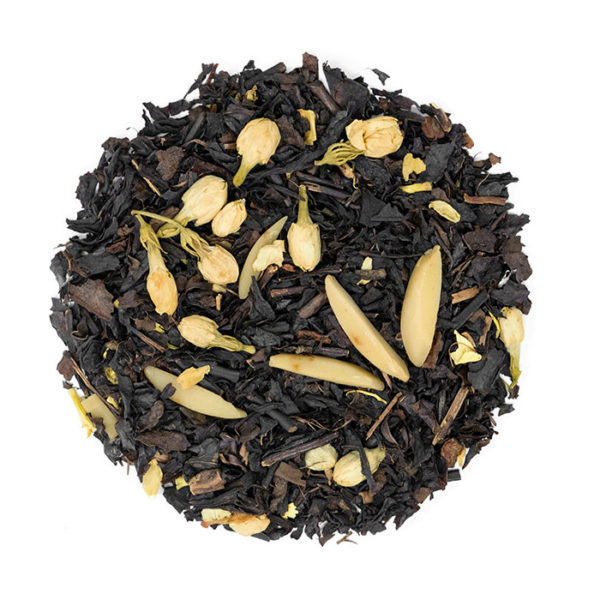 Creme Brulee Oolong tea
Creme Brulee Oolong tea
-
Find the best daily tea
Finding an easy-to-drink affordable daily tea may help you develop tea drinking habit. Daily teas are usually easy to make, have a flavor that will match almost any food or time of the day, won’t get bitter easily, will taste delicious even when they cool down and will always be very easy to drink. One of them, genmaicha green tea with puffed rice, is a great example of an affordable daily tea.
How to figure out what kind of tea you’d like?
The best way to find out which tea you like the most is to learn and experiment. There are thousands of different teas in the world, and each of them will have a different flavor profile, caffeine content, scent and appearance. For example, let’s look at Assam black tea. Assam is a state in India producing popular and world-famous black tea. You’ve tried Assam tea already and didn’t like it? That’s not a reason to give up on it completely. There are more than a hundred thousand tea gardens in Assam only[3]. And if each of them was making only one tea, that would mean there are more than 100 000 different Assam teas out there. But each tea garden is harvesting tea multiple times a year and sorting them into different grades. Each flush and each grade will have a slightly different flavor. This means there are, very likely, over a million different Assam black teas in the world. That’s why experimenting with different types will show you all the beauty hidden in tea leaves.Develop your brewing skills
Furthermore, learning about loose leaf teas is essential for making a perfect cup. Even the highest quality tea will taste bad if you over-brew it or if you use poor quality water. Once you learn the basics of making a perfect cup, you may discover that the tea you didn’t like before tastes surprisingly well. Or, you may discover that different brewing techniques bring out different qualities in tea – such as sweetness or astringency. So, even if you prefer only one flavor, you may still be able to enjoy all types of tea. For example, maybe you prefer lighter floral notes and think black teas are too strong. But, some black teas are incredibly light, while others are strong and bold. A cup of black tea from Sri Lanka usually has a lighter flavor with floral notes. Black teas from Yunnan can have a stronger, sweeter, bolder flavor with smoky and chocolate notes. Some green teas are delicate, for example Dragon Well, while others, such as Chunmee or gunpowder, are strong. Same goes for oolong tea. High mountain oolong are famous for its floral flavor, while the dark roasted Red Robe oolong will have a rich, ripe and fruity taste. And finally, no matter which type you choose, make sure to brew it properly. Start with basic types of tea first. They will give you a good impression on the variety of flavors and may be easier to brew than others, more complex rare teas.Disclaimer: This article is for informational purposes only. It’s not intended to replace medical advice, diagnosis or treatment. Every person is different and may react to different herbs and teas differently. Never use teas or herbs to treat serious medical conditions on your own. Always seek professional medical advice before choosing home remedies.
References
[1] https://www.ncbi.nlm.nih.gov/pmc/articles/PMC6526664/ [2] https://www.researchgate.net/publication/11440778_Antioxidant_Activity_of_Black_Tea_vs_Green_Tea [3] https://allaboutassam.in/2018/12/assam-tea-gardens/
More from:
SLL



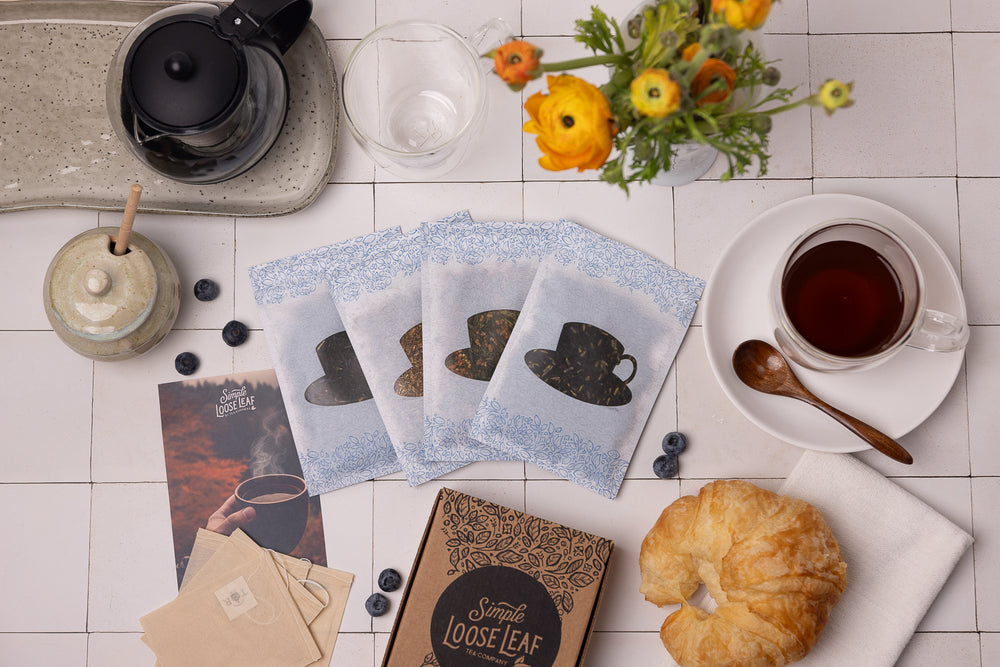
Leave a comment